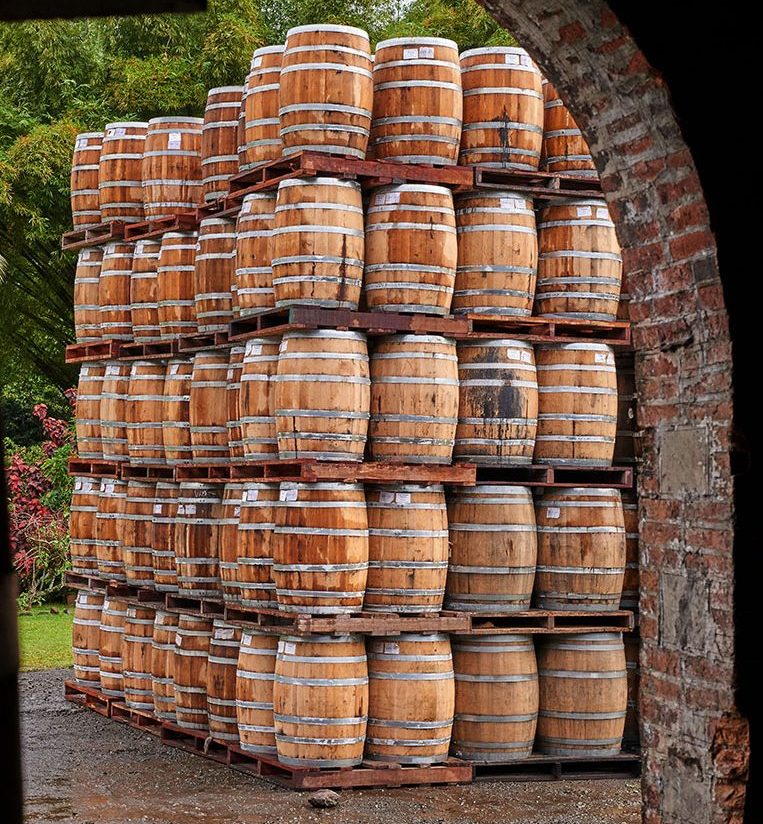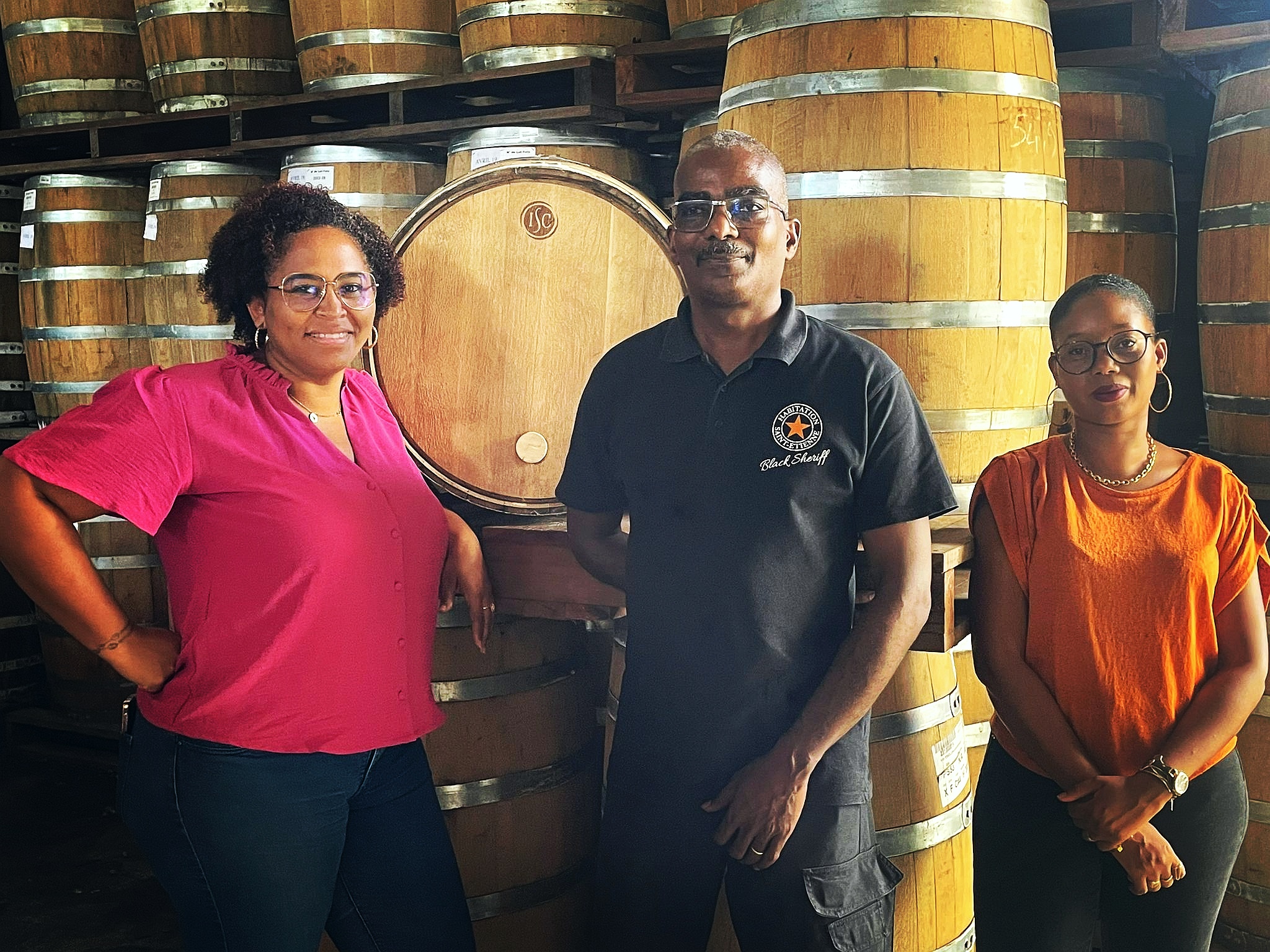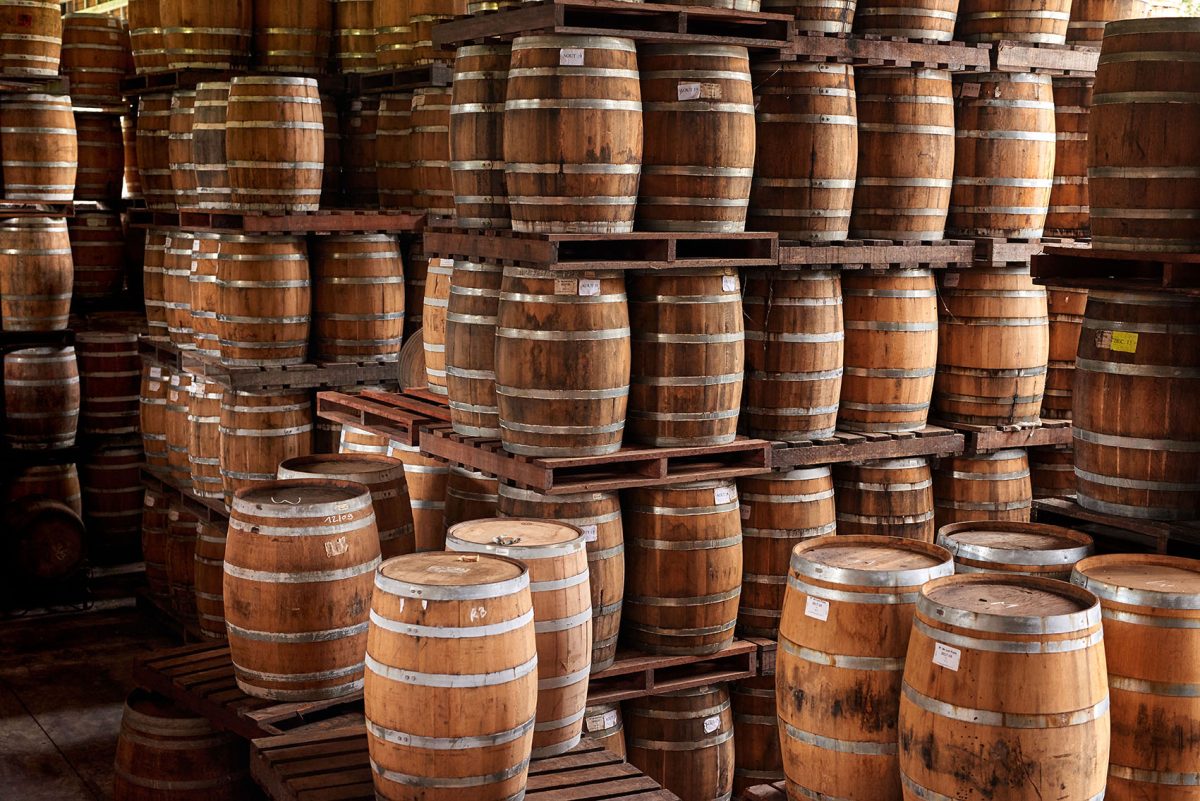New Oak Revolution in Rum
By Emmanuel Boudaric, ISC Account Manager, Europe & Caribbean
Similar to bourbon in the United States, the aging of spirits from Europe, the Caribbean and Indian Ocean have been consistently evolving over the past several years.
Take for instance, the rhum (or rum) and whiskey categories. Both have been following traditional methods with a very large majority of used barrels coming from the bourbon, cognac, or even the sherry sectors. However, over the past decade we have seen a decrease of used barrels for many of our European and Caribbean customers in favor of new barrels in both French and American oak. For some of them, it has been even more dramatic of a shift as they are now using 100% new barrels.
Customers opting to age in new barrels are primarily looking for specific toast profiles, allowing them to better control the aromatic pallet. They are also looking for the reproducibility and precision, as well as the traceability of their barrels.
Because of our extensive portfolio, barrel customers have been discovering multiple options from our classic barrels to the small batch series, ultimately giving the ability to target and answer very specific needs. That, combined with our global R&D teams, has allowed us to conduct experiments and partner with distillers to create new cooperage products that actively push the industry forward.
One of our partners is Habitation Saint-Etienne (HSE), a rum distillery on the island of Martinique known for their exceptional rums acclaimed around the world. This Caribbean Island has a unique terrain that grows a variety of sugar cane and allows HSE to develop innovative and unique cuvées (a particular batch or blend of spirit), which are repeatedly awarded in national and international competitions.

Barrels waiting to be filled at HSE in Martinique
Aurélie Bouton, HSE's Quality, Health, Safety & Environment Manager, explains:
“For more than 20 years, HSE's focus has been to understand and work on the close relation between wood and toast and we have been doing a lot of experimentations. Historically, rums were aged in used bourbon barrels from the stock of barrels available for sale at bourbon houses. HSE has chosen to carry out its aging in new barrels by selecting specific toasts, with the aim of controlling the aromatic profiles during aging and their reproducibility year after year.
The new barrel allows us to explore the organoleptic range of wood aromas by playing on the toasting profile and seeking complexity, finesse, and subtlety by working on different profiles and guaranteeing traceability of our barrels from the forest. This allows us to define our own recipes and cultivate our difference in the market. New oak barrels result in woody, spicy aromatic profiles on our agricultural rums with a sweetness specific to American oak bringing notes of vanilla, blonde tobacco, nutmeg, and pepper.”

From left to right: Aurélie Bouton, QHSE Manager at HSE; Lionel Lampin, Master Distiller at HSE; Claudine Corbion, Laboratory Manager and R&D at HSE


